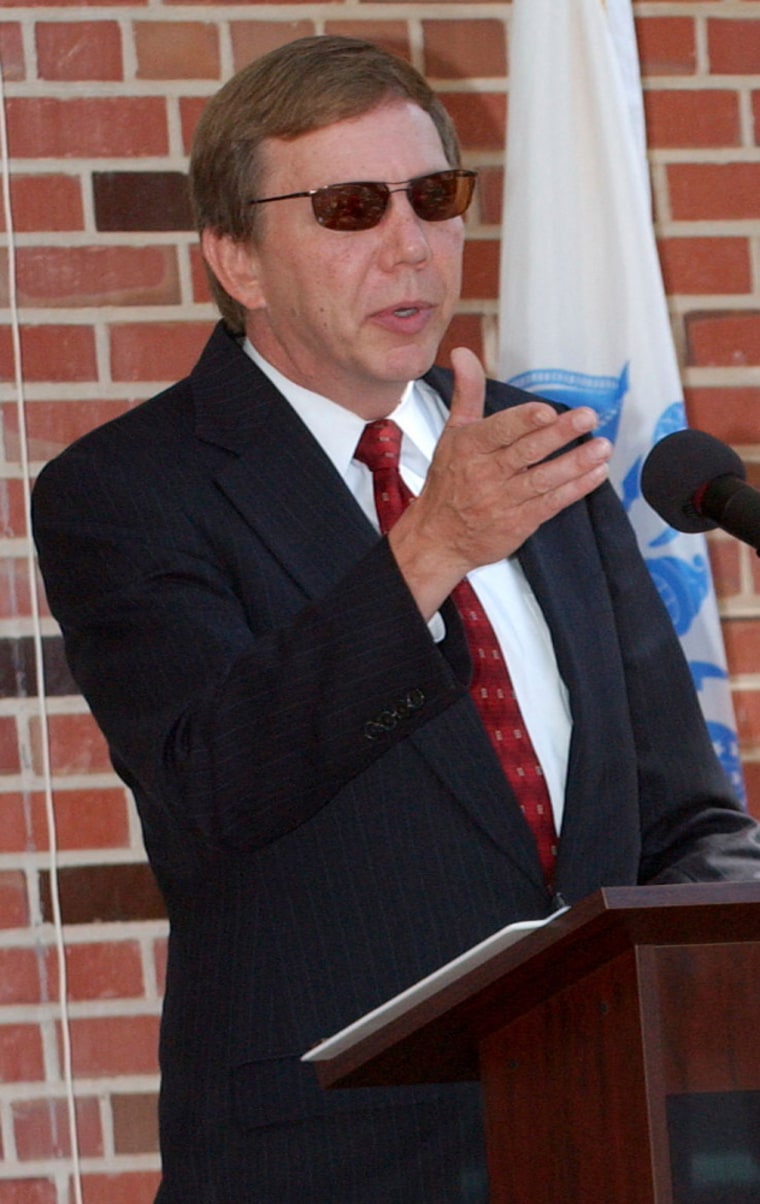A former dormitory converted to classrooms at the Pensacola Naval Air Station was dedicated Friday to two Columbia astronauts who were among the seven who died in the shuttle disaster Feb. 1, 2003.
The ceremony for the new Laurel B. Clark and David M. Brown Aerospace Medicine Academic Center was attended by relatives of the pair — both Navy captains on their first space flight when Columbia broke up trying to return to the Kennedy Space Center at Cape Canaveral.
“We dedicate this building to say thank you for their courage, to honor their spirit and to say to every successive generation that these were the greatest of humankind — the explorers,” said Rear Adm. Donald C. Arthur, the Navy’s surgeon general.
The colonial-style red brick building with white columns was built in the 1940s as a dormitory for Navy nurses. It later was converted to a classroom building for flight surgeons.
Douglas Brown, 50, said his younger brother, a Navy flight surgeon, was visiting his Fairfax Station, Va., home for the holidays about a month before the launch when they spoke about the mission.
“I said, ‘Dave, it’s pretty risky. What do you want me to say if you didn’t come back?”’ Brown recalled during the ceremony at Pensacola Naval Air Station. “He said, ‘Well, I would want the program to go on.”’
Retired Navy Capt. Jon Clark, a NASA physician from Houston, recalled something his 41-year-old wife, a pediatrician who later became a flight surgeon, had written to a friend 21 years before her death.
“She said, ‘The greatest hazard in life is to risk nothing. The man or woman who does nothing has nothing, is nothing,”’ Clark said.
Four turboprop T-34C Turbo Mentors buzzed overhead as the ceremony ended. One of the orange and white training planes then peeled off to create a missing-man formation.
